How Do Employees’ Student Loans Affect Their Employer?
As one of the nation’s most prevalent forms of debt, student loans are a constant subject of discussion and debate. The Department of Education reports that approximately 43 million Americans have student loans, collectively totaling $1.73 trillion in debt. A 2015 report by the American Student Assistance (ASA) organization noted that 35% of borrowers find it difficult to buy daily necessities because of these loans. So how does the burden of student loan debt permeate from the employee to the employer?
Stress
There have been countless studies on the effects of stress on an individual’s health (cardiovascular disease, obesity, depression), but stress can affect employees and their employers in other ways.
Some effects include:
- Lower job satisfaction and morale, resulting in higher employee turnover and higher administrative costs
- Reduced productivity
- Increases in absenteeism and tardiness
- Increase in number of days taken off
- Increased healthcare costs incurred by employers
A 2020 financial stress survey conducted by John Hancock Retirement shows that previously 39% of respondents reported feeling moderate to extreme financial stress. However, during the COVID-19 pandemic, that number increased to 62%, with 66% believing their economic situation will either remain the same or worsen. The financial impact of this stress on employers? According to the University of Massachusetts Lowell, stress costs American companies more than $300 billion a year in health costs, absenteeism, and poor performance.
Life choices
According to the ASA, 53% of young Americans stated that student loans were the deciding factor or played a major contributing factor in their career choice. Unfortunately, these choices lead borrowers to prioritize salary over job satisfaction, opt for the private sector over public service and feel trapped in their career path.
61% of borrowers interested in starting a small business indicate that their student loans have affected their ability to do so.
A 2018 study by the Center for Retirement Research at Boston College found that while student debt didn’t affect 401(k) participation rates, it did affect how much young workers were putting away. The report states that those with student loans have only half as much in assets at 30. The ASA reports that 62% of those in debt have neglected their retirement savings and hold off on other investments.
Those without debt must bear the burden of the careers not taken, the diminishment of public sector employment, and the lack of investments and entrepreneurship.
What actions can we take?
We cannot expect student loans to be going away any time soon, if ever. In the 2020 financial stress survey by John Hancock, 50% of respondents agreed the workplace is an excellent place to receive financial information, which means employers and employees need to get educated on their options for paying off student loans faster while saving as much as possible. Notable options include relief through employer benefits and federal student loan forgiveness programs.
Consolidated Appropriations Act, 2021
In December of 2020, the Consolidated Appropriations Act (CAA) 2021 was signed into law through the end of 2025. This act allows employers to make annual, tax-exempt contributions of up to $5,250 per employee for eligible educational expenses without raising the employee’s gross taxable income.
When spread across the year as monthly contributions, this equates to approximately $437 a month per employee, with the average monthly loan payment for graduates being $393 a month.
Even small contributions can make a dramatic difference in how soon an employee will see relief.
As a hypothetical example, an employee currently owes $50,000 with 10% interest on a 25-year extended fixed repayment plan. Those terms leave them with a monthly payment of $454.35 and, after accruing interest, having to pay back an approximate total of $136,305 after those 25 years. Alternatively, suppose their employer contributes $100 a month towards their loans. Added to their regular payments, they will pay their loans off in 14 years, 11 years faster, with almost $43,500 saved in interest, leaving the employee with more money in their pocket and, consequently, a happier employee.
Federal Student Loan Forgiveness Programs
A variety of federal student loan forgiveness programs exist for borrowers, with most being eligible for at least one program. Three of the most common federal student loan forgiveness programs are Public Service Loan Forgiveness, Income-Driven Repayment Forgiveness, and Teacher Loan Forgiveness.
Public Service Loan Forgiveness (PSLF)
Introduced in 2007, Public Service Loan Forgiveness is available to all full-time public service workers and those working full-time for qualifying non-profit organizations. After making 120 qualifying payments on direct loans, the remaining balance, principal and interest, is forgiven by the Department of Education. However, this program is not as simple as the DOE may make it sound.
According to reports from the Department of Education of the PSLF submissions between November 9th, 2020, and April 30th, 2021, only 2.1% of applicants received forgiveness through the program. How is it that a program accessible to so many has such a high rejection rate?
Most rejections are due to complexities in annual recertifications, unclear definitions of “qualifying payment” and “direct loan,” insufficient support from loan servicers, and general misinformation. Unfortunately, most borrowers falsely believe they are on track for public service loan forgiveness only to learn that is not the case when it is too late.
Any employer or employee in the public sector is encouraged to further research this program and check their eligibility by speaking with reputable student loan experts to avoid the large amount of misinformation spread about PSLF.
Income-Driven Repayment Forgiveness (IDRF)
An option available to nearly all borrowers, IDRF requires payments to be made under one of four income-driven repayment plans; Pay As You Earn (PAYE), Revised Paye As You Earn (REPAYE), Income-Based Repayment (IBR), and Income Contingent Repayment (ICR). Which of these repayment plans a borrower is eligible for will depend on marital status, loan type, loan history, and whether or not the borrowers’ loans are in default.
The time it takes to see forgiveness through the IDRF program can be 20 to 25 years, depending on which repayment plan(s) a borrower is eligible for and if the loan was for an undergraduate or graduate degree.
Income-driven payments base themselves on a borrower’s discretionary income, calculated through their annual gross income and household size, meaning this program is most helpful for those with low incomes and high household sizes.
A consultation with a student loan expert can help determine which payment plans are available to a borrower and estimate their monthly payment.
Teacher Loan Forgiveness (TLF)
As the name implies, TLF is forgiveness exclusively given to teachers that meet specific qualifications:
- Have taught at least five consecutive years at a Title 1 school
- Work full-time in the classroom during those five years
- Have their state teaching certification
- Have a bachelors in the area they teach for all five years
- Do not have an outstanding balance on any loans on or before October 1st, 1998
This program grants $5,000 of forgiveness to those who meet the qualifications; however, math or science teachers in middle or high school and ESE certified teachers could be eligible for $17,500 of forgiveness through this program.
Teachers need to note that you can only receive forgiveness through TLF once and cannot be working towards TLF and PSLF at the same time. Traditionally this makes TLF a better option for teachers with lower loan balances and PSLF more preferable for higher loan balances.
A student loan expert can help determine which option may be best for the borrower’s situation.
Conclusion
According to the American Psychological Association, finances are the top cause of stress in the United States. While student loans are a common source of financial stress, borrowers do not have to feel helpless. Whether a borrower receives aid through employer benefits or pursuing a student loan forgiveness program, knowing their options can mean all the difference in their job satisfaction and productivity. There is no cost in learning your options; can you afford the cost of not doing so?
Take control by taking action now. Employers and employees alike should reach out to credible student loan experts and discover their options for more information.



